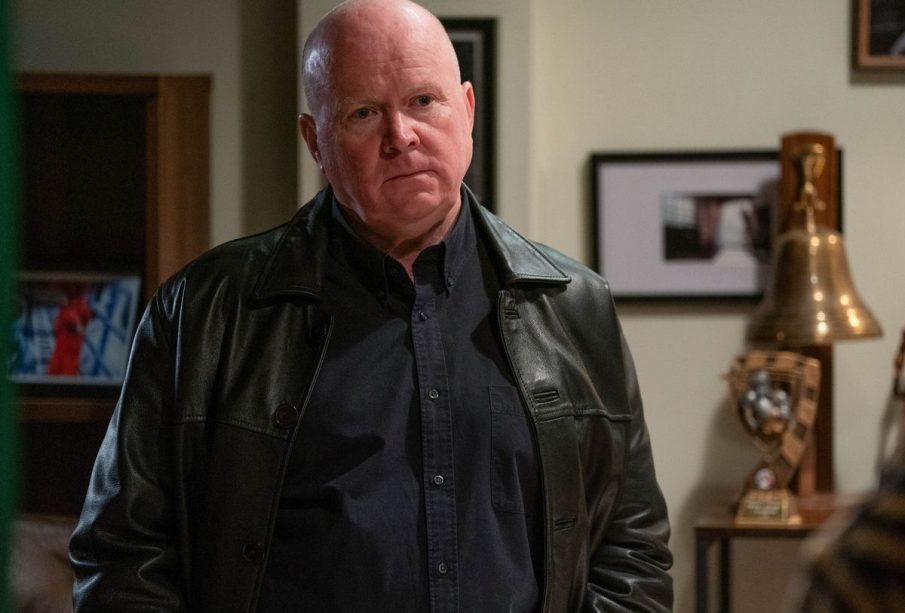Phil Mitchell: Evolution of an Iconic EastEnders Character

Introduction
Phil Mitchell is one of the most recognisable characters in British soap opera history, known for his tumultuous life in the BBC’s EastEnders. His journey through love, loss, and conflict has made him a staple of the show since his debut in 1990. As audiences become more engaged with complex and multi-dimensional characters, the continuing popularity of Phil Mitchell is a testament to the depth and dramatic narratives that British television can provide.
Character Background
Portrayed by actor Steve McFadden, Phil Mitchell is the son of the late Arthur and Peggy Mitchell, and brother to Grant Mitchell. He was introduced to audiences as a tough, streetwise character, involved in various criminal activities, which shaped much of his storyline. Over the years, Phil has faced numerous challenges, including battles with alcoholism, family strife, and his tumultuous romantic relationships, most notably with characters like Sharon Watts and Kathy Beale.
Recent Developments
The latest storylines surrounding Phil Mitchell have kept viewers on the edge of their seats. In 2023, Phil has been wrestling with the repercussions of his past actions, punctuated with a mix of emotional struggles and moments of vulnerability. The writers have continually explored the theme of redemption, showcasing Phil’s efforts to be a better father to his son, Ben, while dealing with ongoing conflicts with rival characters, such as his returned nemesis, DCI Keeble. This ongoing tension highlights the complexities of Phil’s character – a mix of protector, villain, and flawed hero.
Impact on Viewers and Culture
Phil Mitchell has become a significant cultural icon within British pop culture, often referenced in discussions about male vulnerability and masculinity. His character’s ability to evoke empathy while embodying traditional masculine traits presents a compelling study for gender dynamics in contemporary storytelling. His popularity remains strong – as evidenced by his recurring presence in social media conversations and fan events celebrating the show.
Conclusion
As Phil Mitchell continues to navigate the intricate web of his relationships and challenges in EastEnders, his character invites viewers to reflect on themes of family, resilience, and the possibility of change. As the story unfolds, fans eagerly anticipate the next chapters of Phil’s life and how they will impact the Mitchell family and the wider community of Albert Square. Phil Mitchell not only represents the spirit of EastEnders but also serves as a lens through which audiences can explore the complexities of human behaviour.








